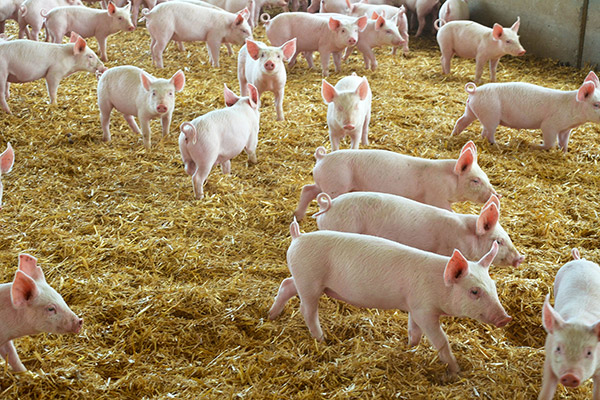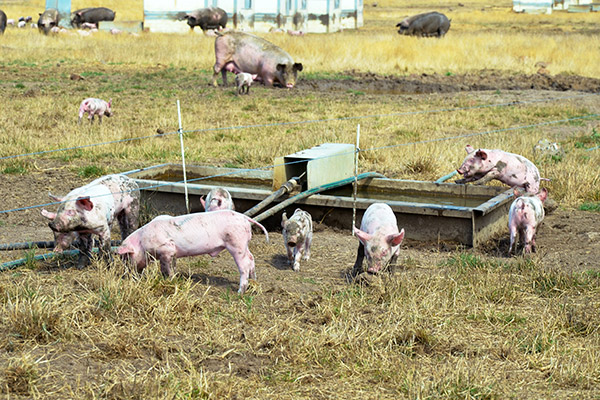| Myth: | Pork is a fatty meat. |
| Fact: | There are 7 cuts of pork that are as lean as skinless chicken breast. |
| Myth: | Pork is dry and tasteless. |
| Fact: | Pork is at its juicy, succulent best when cooked with a hint of pink in the middle. Pork can dry out when overcooked. Try cooking pork to a hint of pink as you normally would beef or lamb. |
| Myth: | You have to cook pork right through. |
| Fact: | "Many people were brought up to believe pork needed to be cooked well done, or right through. If the truth be told, it's never been necessary with Australian Pork. Our farmers use the safest most advanced techniques, which mean our pork is of the highest standard." Dr Dean Gutzke PhD Food Science and Technology. |
| Myth: | Pork is difficult to cook. |
| Fact: | Pork is fast and easy to cook. Try a 4 minute steak. Grill your steak in a medium to hot pan for 2 minutes. Turn once. Grill the other side for 2 minutes. Remove from pan and rest for one minute. Serve - and enjoy the juicy flavour! |
| Myth: | Pork has worms in it. |
| Fact: | Despite rumours about pork produced overseas, Australian pork does not and has never contained worms in the muscle flesh. Another reason why pork is safe to eat without overcooking. |
| Myth: | Pork is a white meat. |
| Fact: | Meat can be classed by its colour. The red colour results from the presence of two iron-containing proteins, which are involved in oxygen transportation and storage. When both iron and oxygen are present these proteins have a red colour - and that's why Australian pork is so pink. It can be classed as a red meat, and is a great source of iron. |
| Myth: | Pork is only good for a Sunday roast. |
| Fact: | Pork is far more than that. It's a versatile meat, perfect for BBQs and simple, quick steak recipes. It's also fantastic for stir fries, meatballs, kebabs, tortillas, and pasta. Please see our recipes for some great meal suggestions. |
| Myth: | Pork and sauces just don't mix. |
| Fact: | Pork blends perfectly with a huge range of flavours and cooking styles. Pork pairs with sauces like plum, soy, oyster, chilli, traditional English and ginger. And it's the only meat which excels when matched with fruit based condiments like lemon and apple. |

